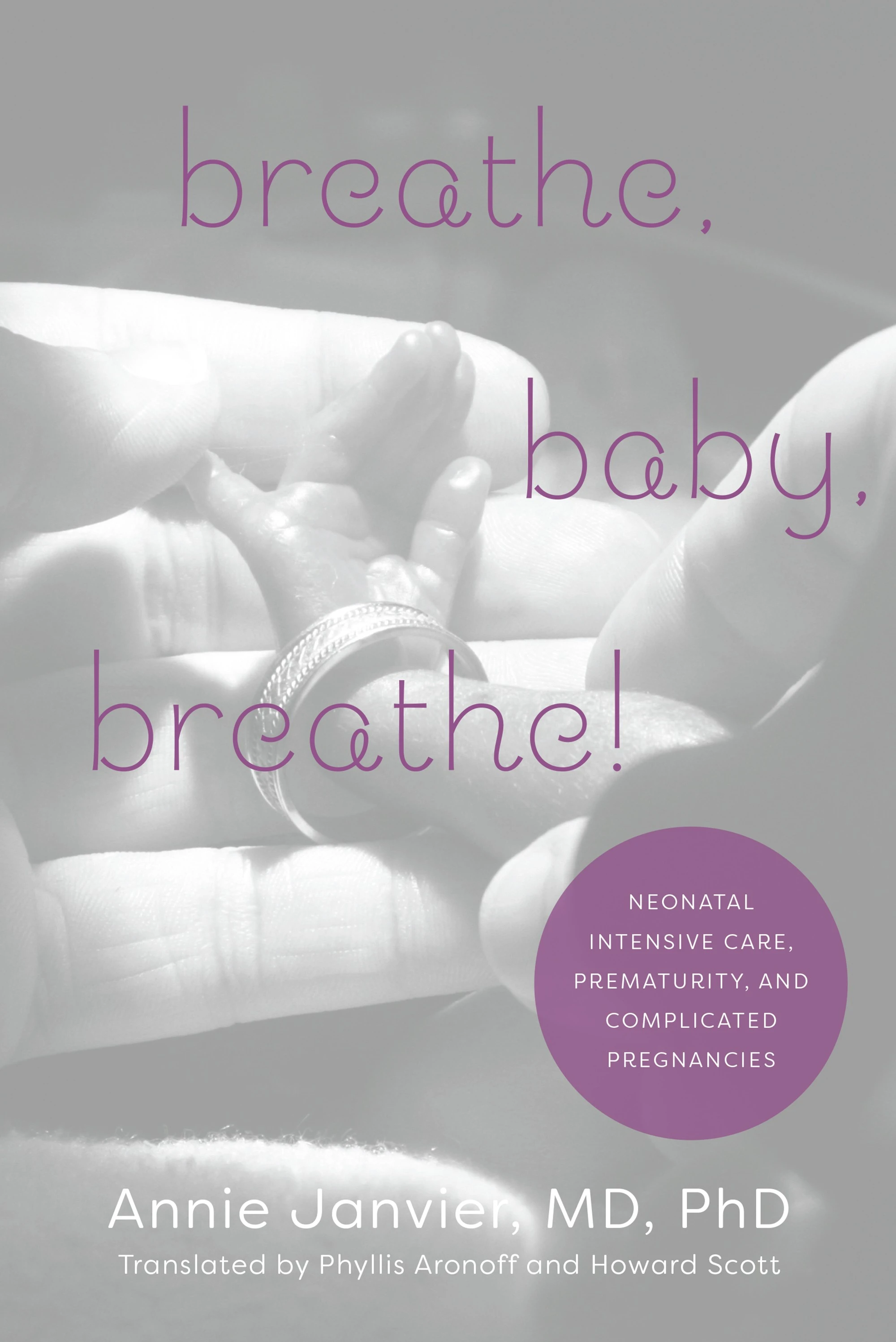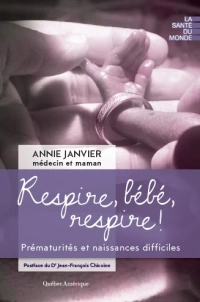If you are looking for a reading list to make sure you are aware of all the most important neonatal research publications, look no further. My own idiosyncratic personal selection is here. I will add to this as more good studies are published.
You can find many of these articles also at my Mendeley group ‘Recent Neonatal Publications’ under the tag Important References.
If you think of other important stuff, let me know, I will add any I agree with!
Miscellaneous Important Randomized Controlled trials
- Adzick, N. S., Thom, E. A., Spong, C. Y., Brock, J. W., Burrows, P. K., Johnson, M. P., Howell, L. J., et al. (2011). A Randomized Trial of Prenatal versus Postnatal Repair of Myelomeningocele. New England Journal of Medicine, 364, 993-1004. http://www.nejm.org/doi/full/10.1056/NEJMoa1014379
183 mothers were randomized to either prenatal or postnatal repair of a meningomyelocele. The study was stopped by the data safety committee, when they analyzed the results of the first 158 women whose babies were old enough to have evaluation for the primary outcome, that is surviving without a VP shunt up to 12 months of age. Only the results of the first 158 are presented in this paper. Which is weird. usually when a study is stopped early the results of everyone enrolled should be analyzed and presented, which might mean waiting until all the participants have reached the age for the primary outcome. I guess they wanted to get this into print quickly.
Anyway many fewer babies needed a shunt, many fewer had hindbrain herniation, more could walk without assistance and functional scores were higher, with prenatal compared to postnatal surgery.
Results of the primary outcome of all the randomized women are in this publication
- Tulipan N, et al. Prenatal surgery for myelomeningocele and the need for cerebrospinal fluid shunt placement. Journal of neurosurgery Pediatrics. 2015;16(6):613-20. http://thejns.org/doi/ref/10.3171/2015.7.PEDS15336
The primary outcome was a composite of fetal loss or any of the following: infant death, CSF shunt placement, or meeting the prespecified criteria for shunt placement. The primary outcome occurred in 73% of infants in the prenatal surgery group and in 98% in the postnatal group (p < 0.0001). Actual rates of shunt placement were only 44% and 84% in the 2 groups, respectively (p < 0.0001). Other publications have shown a reduction in the need for clean intermittent bladder catheterisation, which was not statistically significant: Actual rates of CIC use were 38% and 51% in the prenatal and postnatal surgery groups, respectively (RR: 0.74; 95% CI: 0.48-1.12).
- Kirpalani, H., Whyte, R. K., Andersen, C., Asztalos, E. V., Heddle, N., Blajchman, M. A., Peliowski, A, Rios A, La Corte M, Connelly R, Barrington KJ, Roberts RS. (2006). The Premature Infants in Need of Transfusion (PINT) study: a randomized, controlled trial of a restrictive (low) versus liberal (high) transfusion threshold for extremely low birth weight infants. The Journal of pediatrics, 149(3), 301-307. http://www.sciencedirect.com/science/article/pii/S0022347606004446
Randomized trial comparing 2 transfusion algorithms in preterms weighing less than 1 kg at birth. No obvious advantage of higher transfusion threshold, with consequently higher hemoglobin concentrations, and higher volume of blood transfused.
- Schmidt, B, Davis, P., Moddemann, D., Ohlsson, A., Roberts, R. S., Saigal, S., Solimano, A., et al. (2001). Long-term effects of indomethacin prophylaxis in extremely-low-birth-weight infants. The New England journal of medicine, 344(26), 1966-1972. http://www.nejm.org/doi/full/10.1056/NEJM200106283442602
The primary publication from the TIPP trial showed no effect on survival without long term disability among infants randomized to prophylactic indomethacin compared to placebo. This study confirmed other data which showed the that there are fewer intraventricular/periventricular hemorrhages with indomethacin, both minor and more serious ones. But this did not translate into an overall improvement in developmental scores. In fact if we examine the data we can see that there is a reduction in severe IVH/PVH from 13% to 9%. If the only cerebral/neurological effect of indomethacin is a reduction in severe hemorrhage of this magnitude then it would be surprising if this study of 1200 babies would be powerful enough to detect a long term outcome difference. Even a well designed large multicenter trial like this can’t really expect to detect a difference in development in only 4% of the subjects. This would make you expect to find that a subgroup analysis, including higher risk infants (such as just boys for example) might show a long term outcome difference. Ohlsson A, Roberts RS, Schmidt B, Davis P, Moddeman D, Saigal S, Solimano A, Vincer M, Wright L, the Trial of Indomethacin Prophylaxis in Preterms (TIPP) Investigators: Male/Female Differences in Indomethacin Effects in Preterm Infants. The Journal of Pediatrics 2005, 147(6):860-862. http://www.sciencedirect.com/science/article/pii/S0022347605007067
- Schmidt, Barbara, Roberts, R. S., Davis, P., Doyle, L. W., Barrington, K. J., Ohlsson, A., et al. (2007). Long-term effects of caffeine therapy for apnea of prematurity. The New England journal of medicine, 357(19), 1893-902.
The primary outcomes of the CAP trial. 2006 infants less than 1250 g birth weight, eligible for methylxanthines at less than 10 days of age, randomized to caffeine or placebo. At 18 to 22 months of corrected age infants who had received caffeine were more likely than babies in the placebo group to survive without a neuological or developmental problem. There was less cerebral palsy, and better cognitive development. The outcomes up to 5 years of age are also now published.
- Schmidt B, Anderson PJ, Doyle LW, Dewey D, Grunau RE, Asztalos EV, Davis PG, Tin W, Moddemann D, Solimano A et al, Ohlsson, A, Barrington KJ, Roberts RS: Survival Without Disability to Age 5 Years After Neonatal Caffeine Therapy for Apnea of Prematurity. JAMA: The Journal of the American Medical Association 2012, 307(3):275-282. http://jama.ama-assn.org/content/307/3/275.abstract.
The 5 year outcomes confirm the lack of adverse outcomes, the cognitive differences have been erased by environmental effects, but worse grades of cerebral palsy were still more frequent in the controls.









Thank you for your paper tips, found it great
I agree 🙂
It is really great and very useful. But I have a question: Is the good neonatologist is the one Who knows to show up with name of trials: TIPP,TOBY, TRAGI, CAP,in he morning rounds and otherwise as a clinician : empty??
I don’t think the two things are incompatible, in act I think that a knowledge of the best available evidence is essential to being a good clinician, but it is not sufficient, you also need an ability to examine and take a history, an understanding of the limitations and strengths of various tests, a compassionate approach to parents and families and the humility to ask for the opinions of others.
The names of the trial s are useful tags that can help you remember their findings, and I think that funky appropriate abbreviated names make it easier to communicate about them, its easier to say the PINT trial than, that RCT of different hemoglobin transfusion thresholds!
well i think…a good neonatologist is one who knows the clinics real well,can preempt early and uses all possible avenues to use updated knowledge…be it from TIPP, CAP or any other fancy acronym…but it distills down to improved and intact survival…..anshuman
Thank you, really helpful.
I have enjoyed this list. I would like any updates 🙂